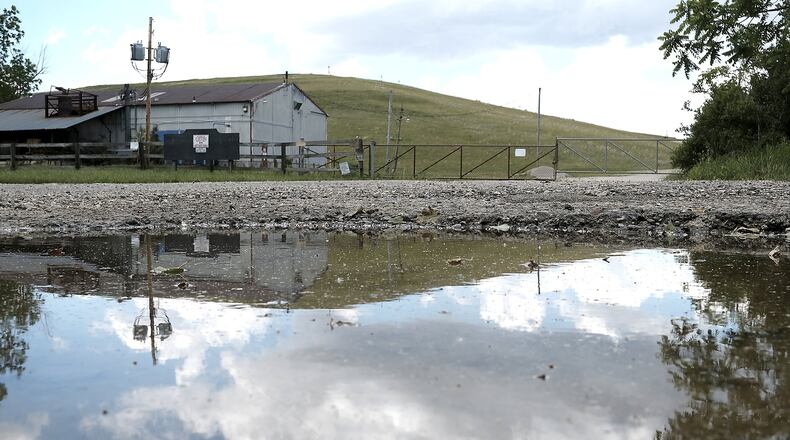That process had been delayed since 2019, as the U.S. Environmental Protection Agency and the U.S. Department of Justice held talks with seven companies responsible for the waste at the site over the signing of a consent decree that would allow for the cleanup process to move forward.
However, the parties recently reached a consent decree, that lays out work for the cleanup, projected to cost more than $20 million.
The companies responsible for the toxic waste will cover the cost of the cleanup.
“Having this consent decree in place is an essential and significant stage in our community’s effort to resolve the Barrel Fill issue and safeguard our water,” said Springfield City Commissioner David Estrop.
The barrel fill had been a source of frustration over the years for many public officials. It contained toxic chemicals dumped decades ago and is near an aquifer that provides drinking water to thousands of people in the community.
The industrial waste dumped has not contaminated the source of local drinking water, but there is concern if not removed, it could bleed into the water supply with detrimental consequences.
The proximity of the barrel fill and the industrial waste its contains can constitute a real problem for the area. Industrial waste can contain highly toxic chemicals that can seep into groundwater, said Abinash Agrawal, a professor of Environmental Sciences at Wright State University.
As a result, public and private wells should be carefully monitored for the presence of these toxic chemicals and any previous data should be examined, the professor said.
“These landfills are traditionally known to be problem sources, especially if they were the site for the disposal of industrial waste,” he added.
The barrel fill is in a 8.5-acre portion of a closed landfill at 3108 Snyder Domer Road in German Twp., about 1.5 miles west of Tremont City and 3.5 miles northwest of Springfield.
Approximately 51,500 drums and about 300,000 gallons of industrial liquid waste were disposed of in waste cells between 1976 and 1979 at the site, according to information was listed on the EPA’s website. The barrel fill is being addressed under that agency’s Superfund alternative approach.
The consent decree will allow the cleanup process to move forward as well as the development of more detailed cleanup plans regarding the removal of liquid toxic waste.
Solid toxic waste is to be reburied in a double-lined pit. That location would then be capped and nearby groundwater would be monitored to detect any leaks.
A record of decision regarding the barrel fill was finalized in 2018 between the community, EPA, and “potential responsible parties,” which determined the method for cleaning up the barrel fill site, said Springfield officials.
The EPA and DOJ began negotiations with potential responsible parties in 2019 to finalize a consent decree that would place the the financial burden on the companies that contributed chemicals to the barrel fill site, Springfield officials said.
However, as that process carried on, frustration grew among local officials who said that they were being left in the dark as to why it was taking so long.
A spokesperson with the EPA said that it is not uncommon for those type of negotiations, including a consent decree, to last from six months to a few years, depending on the specific legal and technical circumstances at each Superfund site.
Now that a consent decree is being finalized, Estrop estimates that “we’re at least a year away from actually having a shovel in the ground and maybe longer.”
Estrop said that they are waiting on final approval regarding the consent decree, which is s being circulated among the parties involved for signatures and is due for submission by April 6 to the DOJ. From there, the decree is expected to be submitted for final approval to the U.S. District Court for the Southern District of Ohio.
Estrop said that he still has not received a clear answer regarding why the consent decree took so long to be reached.
But, he said the city is delighted that the process is moving forward.
“Because good clean water is essential for the future of our community and this whole area of southwest Ohio,” Estrop said. “We have excellent water and we want to keep it that way.”
About the Author


